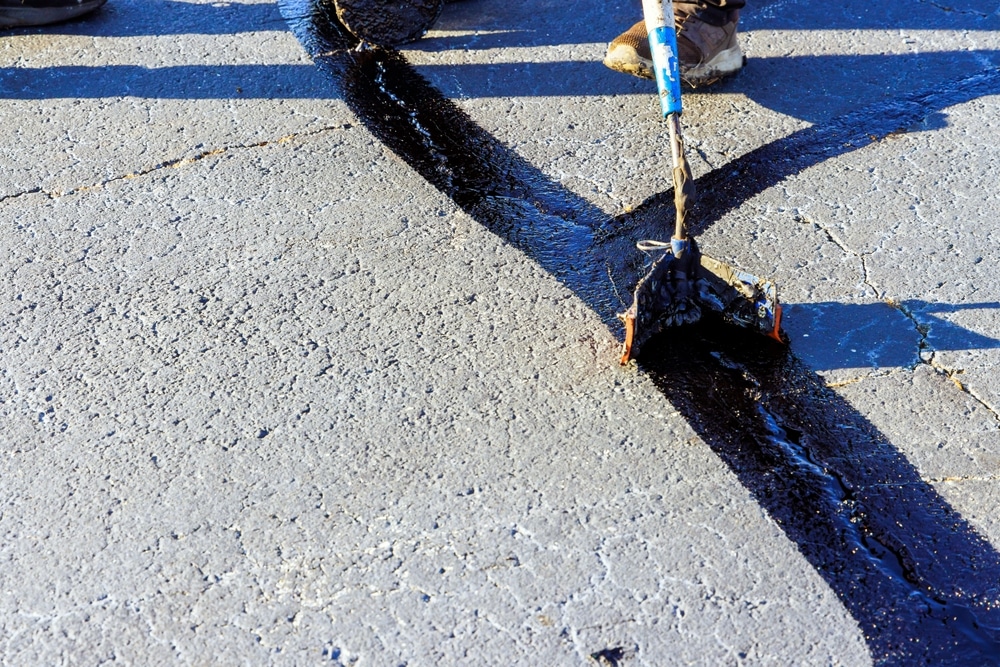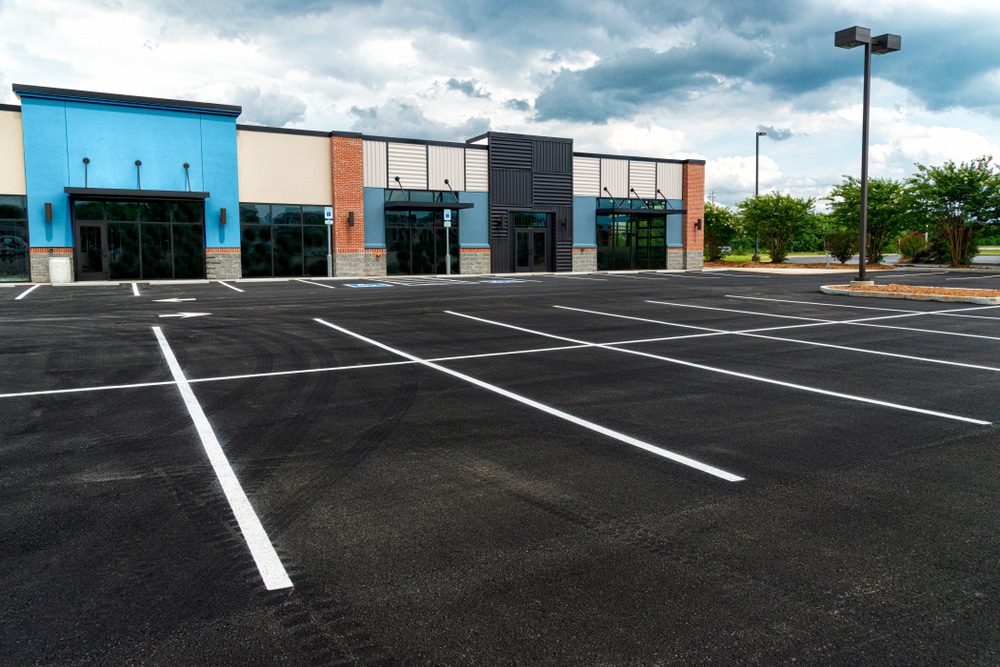Seasonal timing is a concept that can be important across a number of important property services or repairs, and asphalt crack sealing is a top example. Asphalt crack sealing timing often goes hand-in-hand with seasonal demands, and being cognizant of these can help make your sealing as effective and long-lasting as possible.
At Asphalt Masters, we’re proud to offer a huge range of asphalt and concrete services to clients around Ogden, UT and nearby areas, including expert crack sealing services for any need. Here are some basics on asphalt crack sealing timing and why it’s often tied to seasonal needs, plus some other simple tips to consider in this area.
Primary Purposes of Asphalt Crack Sealing
To fully understand ideal asphalt crack sealing timing, you need to have a grasp of what asphalt crack sealing is for. Here are some primary reasons why asphalt crack sealing is important and necessary:
- Preventing water damage: The most common reason for asphalt cracking in the first place is moisture entering small cracks and expanding them over time, leading to larger cracks or potholes. Asphalt crack sealing prevents this by providing a tight seal that keeps moisture from getting into the surface of the pavement.
- Protecting against freeze-thaw cycles: In colder climates, water can seep into small cracks in asphalt and then freeze, causing it to expand and create larger cracks or even break apart sections of pavement. Crack sealing helps prevent this from happening by keeping moisture out.
- Maintaining overall structural integrity: Cracked pavement can lead to serious structural issues over time if left untreated. By sealing cracks, you are ensuring that the pavement remains strong and intact for a longer period of time.
- Improving appearance: Cracked pavement is not only a safety hazard, but it also looks unsightly. By sealing cracks, you can improve the overall appearance of your pavement, making it look well-maintained and professional.
- Saving money in the long run: While it may seem like an unnecessary expense at first, crack sealing actually saves money in the long run. It helps prevent more costly repairs down the line and extends the lifespan of your pavement, ultimately saving you from having to completely repave or replace the surface.
Crack Sealing and Moisture
Because one of the primary causes of pavement cracks is moisture, crack sealing is an effective way to prevent water from seeping into the cracks and causing further damage. By sealing cracks, you are essentially creating a barrier that prevents moisture from penetrating the surface and reaching the underlying layers of your pavement.
This theme is often applied seasonally to many asphalt surfaces. For instance, ahead of winter season, crack sealing is performed on roads and parking lots to prevent water from freezing inside the cracks and causing them to expand further. This can lead to larger cracks and potholes, which are much costlier to repair.
Crack Sealing and Vehicles
In other cases, crack sealing will be carried out seasonally based on the presence of more or fewer vehicles. For instance, many driveways tend to see more vehicle traffic during summer, when people are more likely to be out and about. This means that the cracks on these surfaces may widen or new ones may form due to the increased weight and pressure of vehicles. Therefore, crack sealing is often done in preparation for summer, to ensure that these surfaces can withstand the heavy vehicle traffic without sustaining further damage.
Moreover, certain types of vehicles can also contribute to the formation and widening of cracks on asphalt surfaces. Heavy commercial vehicles such as delivery trucks or buses put a significant amount of stress on roads and parking lots, which can cause cracks to form even faster. In turn, this necessitates frequent crack sealing to keep these surfaces safe and usable for all types of vehicles.
Proper Weather Conditions
No matter which season of the year asphalt crack sealing is done in, it is essential to ensure that the weather conditions are suitable for the process. Extreme temperatures, whether hot or cold, can affect the adhesion and durability of the sealant used.
It is recommended to perform crack sealing when the temperature is between 50-80 degrees Fahrenheit, with no rain in the forecast for at least 24 hours after application. This allows enough time for proper curing and ensures that the sealant bonds effectively with the asphalt surface.
At Asphalt Masters, we’re here to help with all your asphalt crack sealing and other asphalt services around Ogden, UT and nearby areas. For more on asphalt crack sealing timing or related elements, contact us today!




